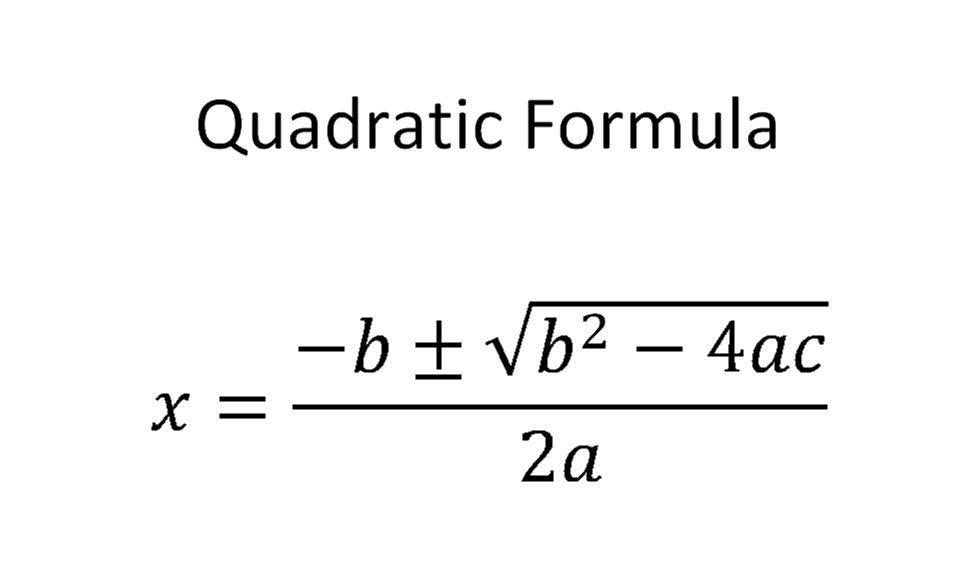So, when we have a quadratic equation:
#ax^2 + bx + c = 0#
One of the ways we can solve for #x# is by using the quadratic formula:
 )
)
But wait... for your problem, there's no #x#! Taking a look at the equation, the first thing we need to do is realize that #x# is just a placeholder for any variable (a number that we don't know... yet). In your question, the variable is shown as #m#. It's the same thing; we could call it #x# or #m# or #omega# or whatever we like.
Now, we need to figure out the values of #a#, #b#, and #c#. #a# is the number before the #x^2# variable (or, in your case, #m^2#). #b# is the number before #m#, and c is the number not associated with the variable. So...
#a = 5#
#b = -11# (don't forget that negative sign!)
#c = -3# (again, the negative sign is important)
Now, we can take those three numbers and plug them into the quadratic equation:
#x = (-(-11) (+-) sqrt((-11^2)- (4)(5)(-3))/((2)(5)))#
See that #+-# in there? That means we're going to get two answers.
Either
#x = (-(-11) (+) sqrt((-11^2)- (4)(5)(-3))/((2)(5)))#
OR
#x = (-(-11) (-) sqrt((-11^2)- (4)(5)(-3))/((2)(5)))#
#x# can either be 2.445 or -0.2453 (leaving off quite a few decimal places)
Let's check to make sure that's right, by plugging in our values for #x#:
Does #(5)(2.445^2) + (-11)(2.445) + (-3) = 0#?
Does #(5)(0.2453^2) + (-11)(0.2453) + (-3) = 0#?
 )
) 
